
Among all of the gear items in your backpack, there are a few areas where you can save a huge amount of weight. Things like sleeping bags and sleeping pads are a few of them. Another item that can drastically cut weight is your tent/shelter. Generally, the logic behind cutting weight is when you cut weight, you also are cutting comfort. That couldn’t be farther from the truth with the new Owyhee 1p tent from Argali.
I first started using gear from Argali back when they only had gamebags and their first knife design, the Carbon Knife. Since then they have expanded their offerings far beyond what they were. Argali now has several tent designs, a fully functional field sharpener that doubles as a belt, more knife designs, trekking poles, and even a wood-burning stove to accompany their tipi tents. It’s gear made for backcountry hunters by backcountry hunters.
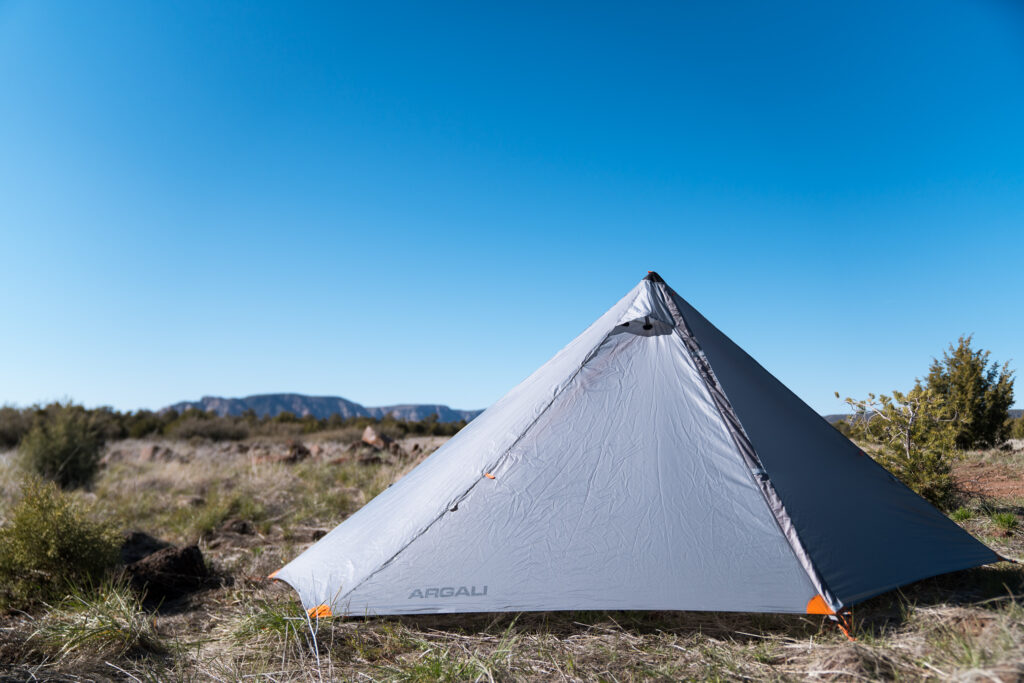
The Owyhee 1p tent is the tiny sibling to the Rincon 2p and Absaroka 4p. It’s a minimalist design for the ultralight backcountry hunter. 14 ounces and about the size of a scrunched-up pair of socks is all this tent is going to cost you for weight and packability. The Owyhee sets up with 6 stakes and a trekking pole. Hunters can choose to run it either floorless or with an insert that Argali sells separately. When it’s all said and done with insert, tent, and stakes you’re looking at 32.4 ounces.
Unlike the other tipi-style tents Argali offers, this particular tent has a unique shape to it. The meat, if you would, is a rectangle which would be the main 4 corners you’d stake out. Then there is a generously sized vestibule for storing gear at the door side. Opposite of that is another kickout which provides just a bit more livability on the inside of the tent. The insert footprint follows the 4 main corners and the small kick-out opposite the front door.
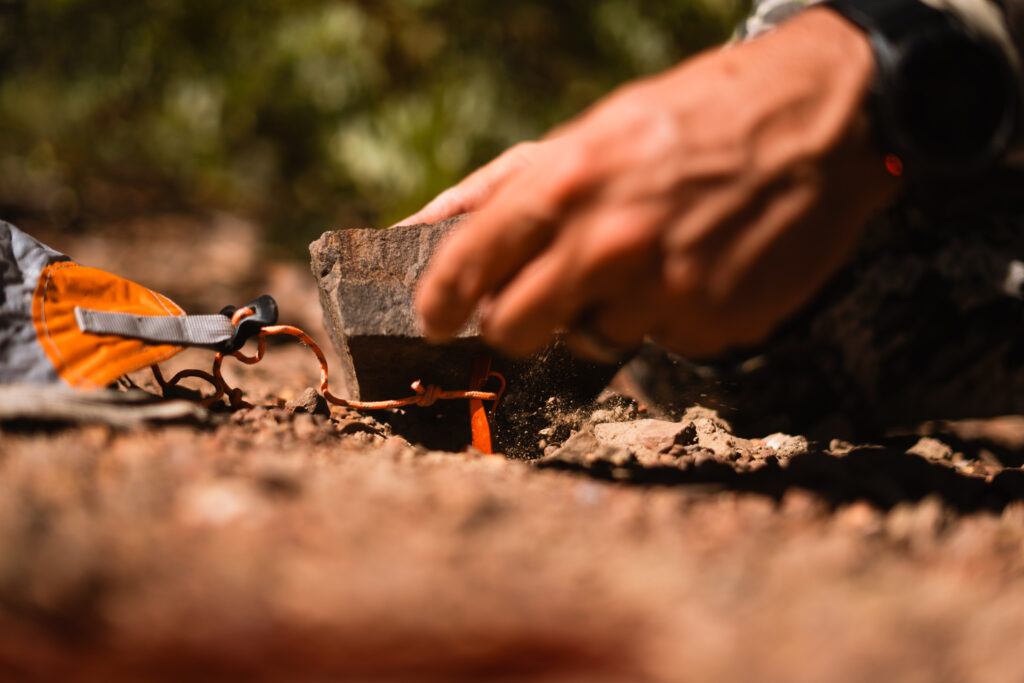
Every stake-out point(there are 6) has a line-loc adjuster and a hook with the exception of the point of the vestibule. There is no hook there. These hooks are what the insert attaches to. Also, there is a vent on the upper portion of the vestibule. And like the other tents in the Argali line, the Owyhee 1p is made of SilPoly. A material that doesn’t absorb water, which means it won’t sag when wet.
For an interesting article on tent fabrics check out this piece from Brad Brooks of Argali Outdoors.
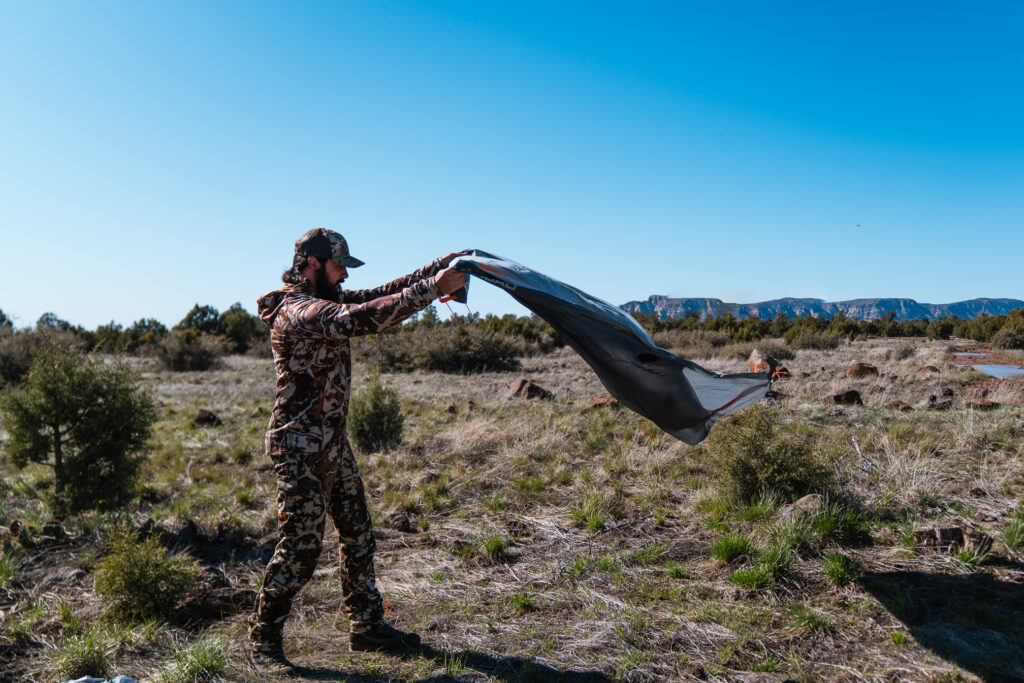
My favorite tent at the moment is the Argali Rincon 2p and I will admit, breaking away from that tent to try out the Owyhee 1p was a little difficult mentally. When I find something that works, I generally like to stick with it. Doing so gives me one less thing to worry about for the most part. The specs of the Owyhee 1p, though, were unreal and once it was in my hands, I was glad to have it.
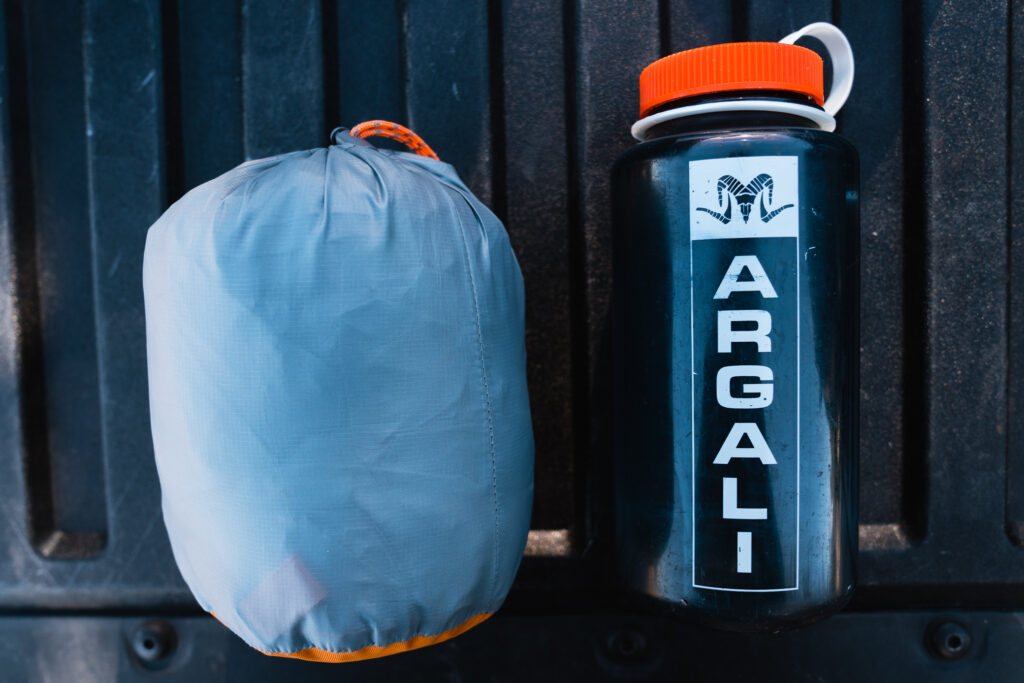
First off, the size of this packed up is mega tiny. It’s smaller than a Nalgene bottle and the tent can be scrunched down even smaller than that. The insert is the same size packed up as the tent, but it isn’t as compressible, which is no sweat.

All setup, the Owyhee is surprisingly spacious. Generally, single-person tents often have a coffin-like feel to them. And that is not the case with the Owyhee 1p. Finally, an appropriately sized 1 person tent. I couldn’t wait to get this thing into the field.
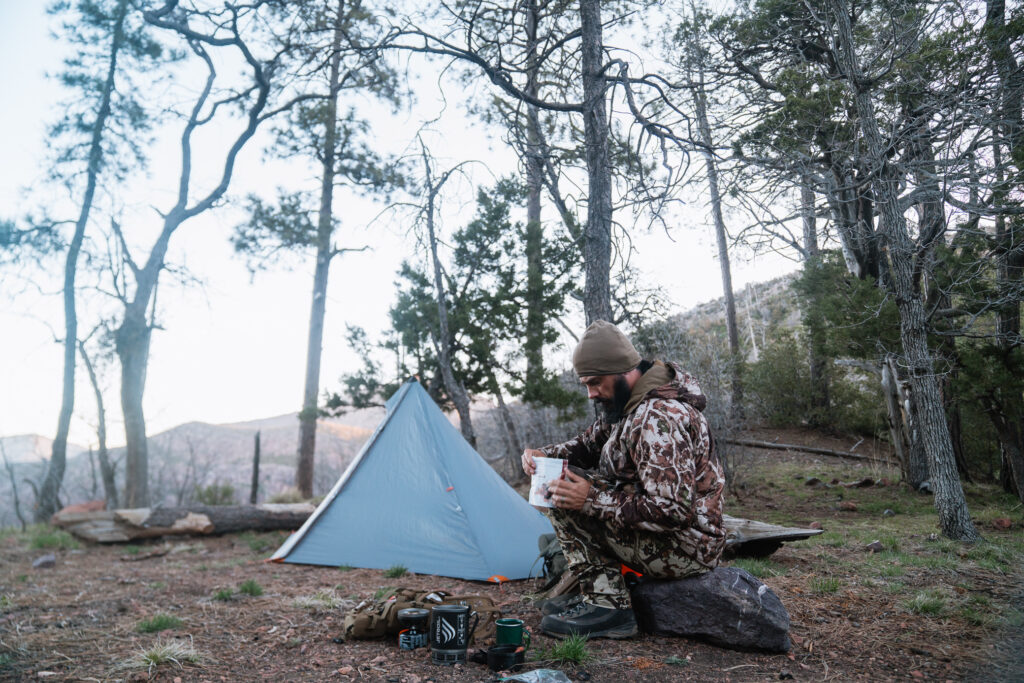
My field time with the Owyhee 1p consisted of an early spring bear hunt in Arizona, a high country mule deer hunt in Colorado, and a Fall bear hunt in Arizona. A wide variety of conditions proved to me the validity of the Owyhee 1p tent. From snow on the ground to 90+ degree temperatures, this tent held up great. I also experienced quite a bit of wind on a few of those trips and I didn’t have to even use the extra guy-out points on the tent.
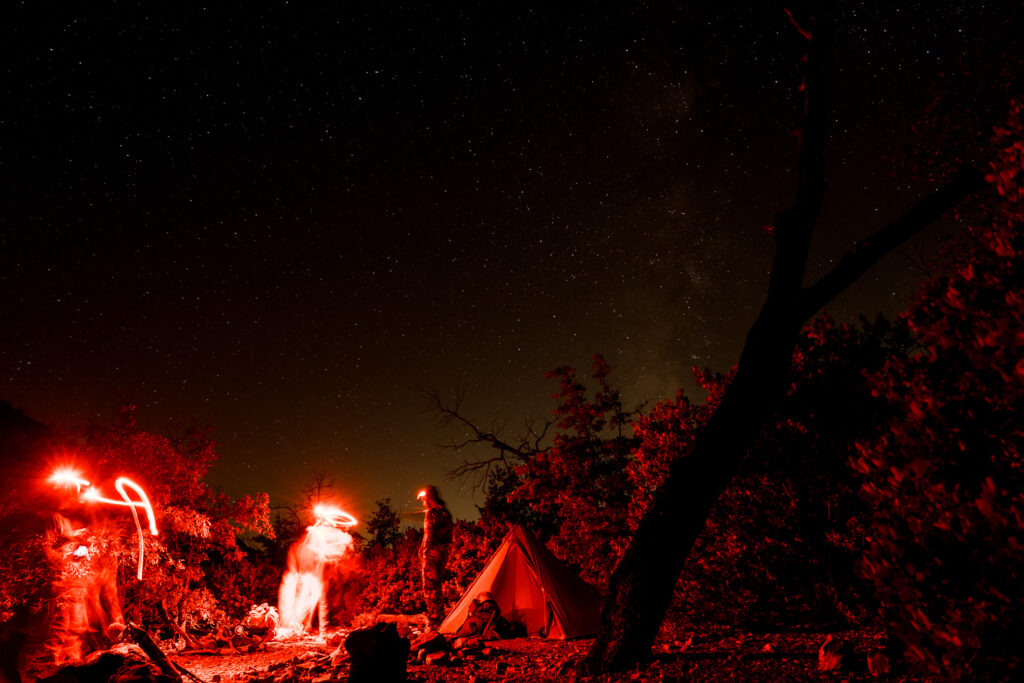
There were a few things that I did a smidge differently with the Owyhee 1p in terms of setup. First, this is a tent made to be set up with a trekking pole. However, if you’ve spent any time carrying heavy loads, you know how beneficial having two trekking poles is. Because of that, I actually used the pole of my Rincon 2p for the main support of the Owyhee on a few trips. Second, I put a piece of Tyvek down underneath the tent. I have no doubt the material Argali used for the floor would be fine but I used the Tyvek more as an extra barrier to protect my sleeping pad. This system worked well for me.
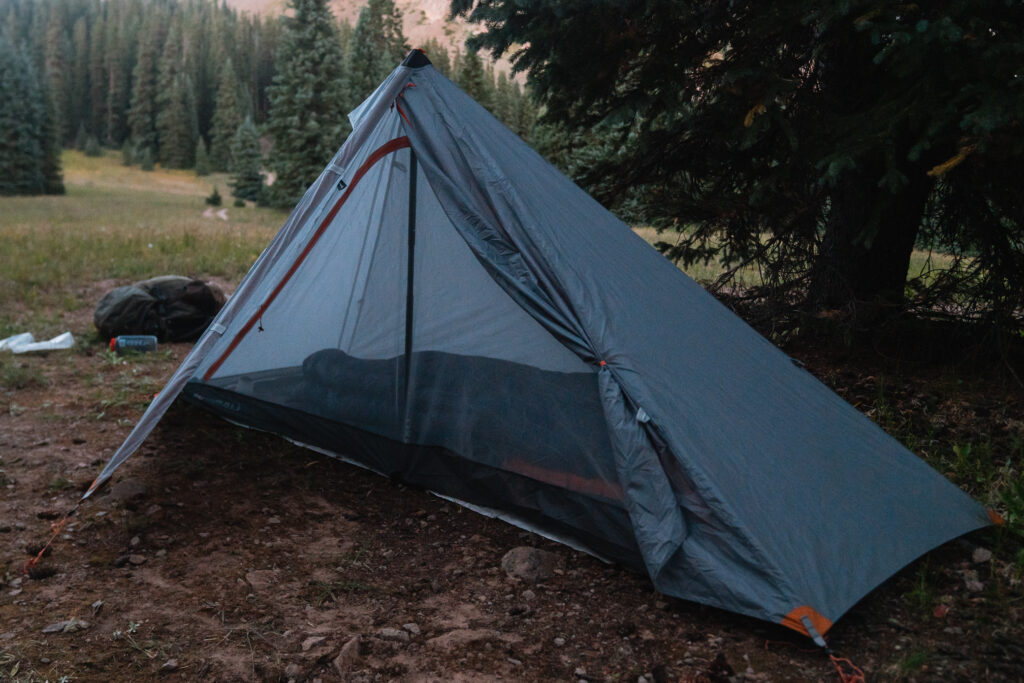
On the inside of the tent, I had my sleeping pad and quilt taking up the majority of the space. At the foot, end is where I’d store my boots and any extra clothing I wanted to pile up at night. At the head end, I’d store a bottle of water with things like my phone right next to me.
I should mention also, that there isn’t an official head or foot end of this tent. Which is another plus for it. More than a few times I’ve set up a tent and realized the head end was downhill. That’s a recipe for a headache in the morning. With the Owyhee, I just simply have to flip around on the inside of the tent.
Now, I really do love this tent and for backpack hunting especially, it’ll be my go-to for probably 90% of my hunts. With that said, it isn’t perfect. Actually, it is pretty damn perfect when it’s all set up. It’s getting to that point where there is a slight learning curve. It took some tweaking to really get a good pitch with the Owyhee. I HIGHLY suggest that you watch the video Brad Brooks does on how to pitch this tent properly. That will clear things up and make the process much easier. You can check that out below.
Ounces equal pounds and pounds equal pain. Argali is damn familiar with living out of a backpack and this Owyhee 1p tent is a great example of that. It offers everything a dedicated backpack hunter needs. Shelter from the elements and adequate living space in a lightweight package that doesn’t take up a ton of real estate in your backpack.
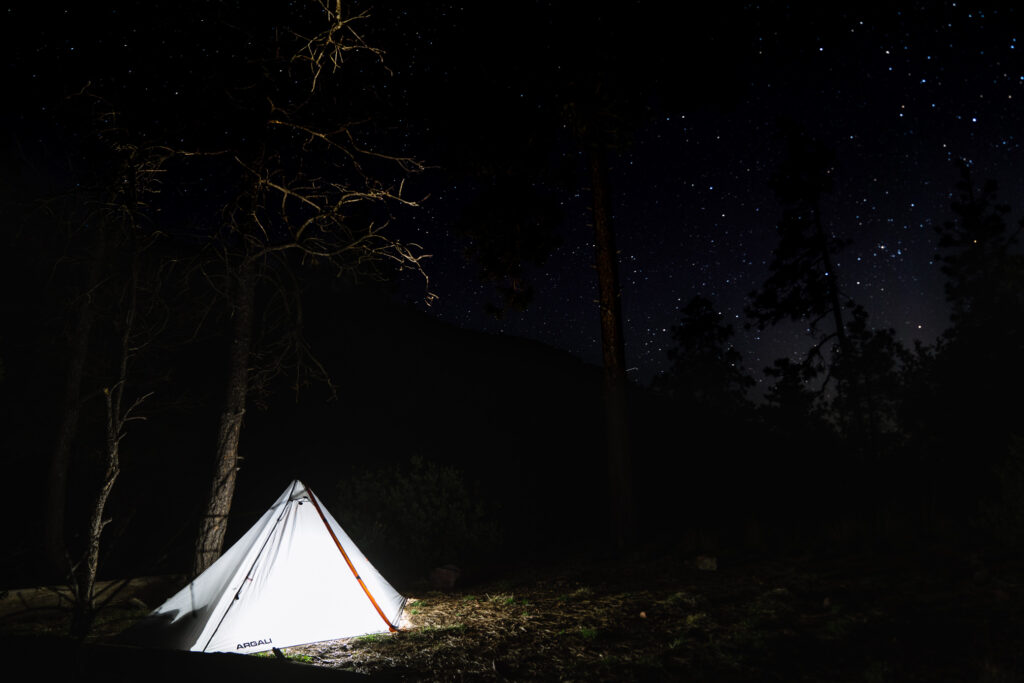
I’ve had the great privilege of using a number of backcountry shelters both in the hunting space and out of it. None, and I mean none of the 1 person designs holds a candle to the Owyhee 1p. After getting the hang of setup, this is the perfect solo backcountry shelter. You can learn more at www.argalioutdoors.com.
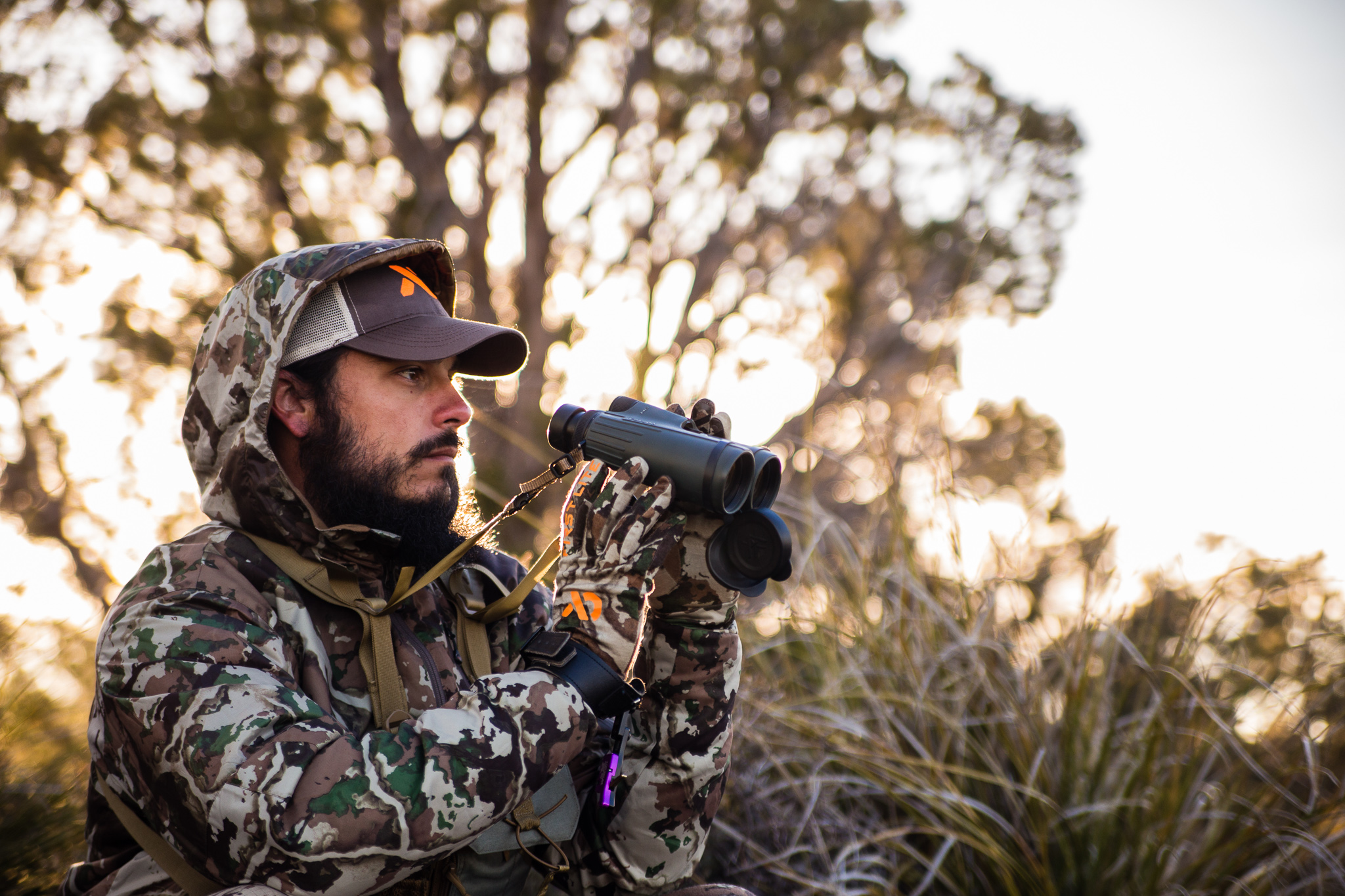

Copyright 2019 Dialed In Hunter
Design by NXNW.